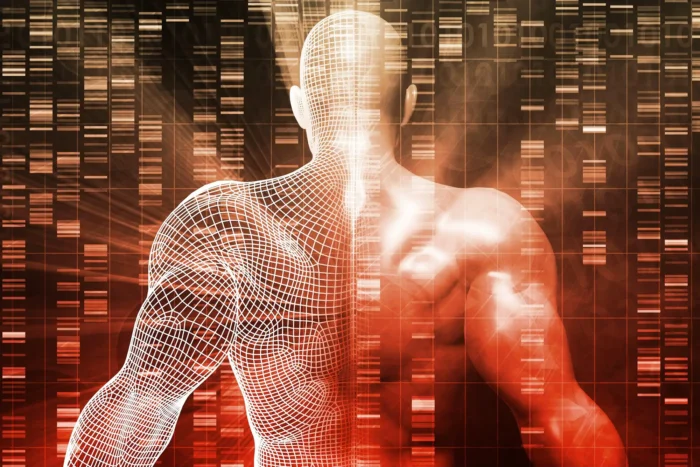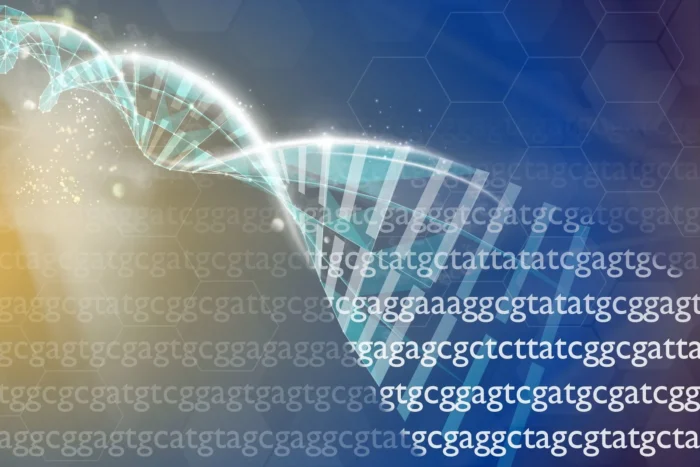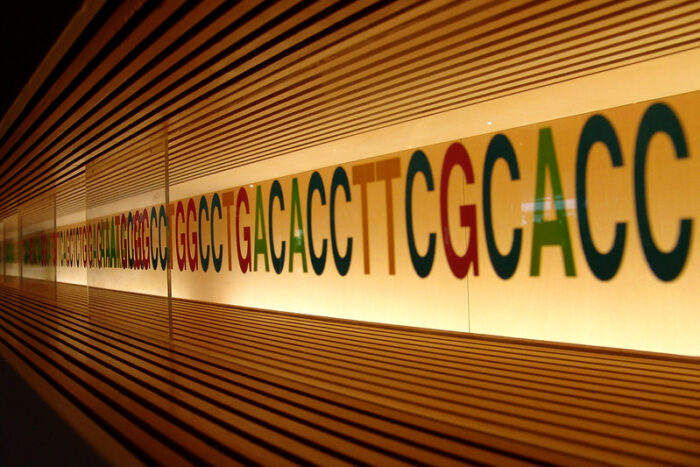
Bioinformatics is an interdisciplinary field that combines computer science, mathematics, and biology to analyse and interpret biological data. It has revolutionized the way we study living organisms, allowing us to understand complex biological systems at a level of detail that was previously impossible.
Bioinformatics is a rapidly growing field that combines computer science, statistics, and biology to manage and analyse biological data. With the exponential growth of data in the life sciences, bioinformatics has become a critical tool for researchers in genomics, proteomics, metabolomics, and many other areas. Here are some of the latest trends and demands in bioinformatics:

- Artificial Intelligence (AI) and Machine Learning (ML): AI and ML are becoming increasingly popular in bioinformatics. These tools are used to analyse large datasets, such as DNA sequences, and identify patterns and relationships that may not be apparent to human analysts. AI and ML can be used to predict the function of genes and proteins, discover new drug targets, and identify disease-causing mutations.
- Cloud Computing: With the explosion of data in the life sciences, managing and analysing it has become a significant challenge. Cloud computing provides a cost-effective solution to this problem. It allows researchers to store and process large datasets, collaborate with other researchers, and access bioinformatics tools and databases from anywhere in the world.
- Personalized Medicine: Bioinformatics is playing a critical role in the development of personalized medicine. By analysing an individual’s genetic data, researchers can predict their susceptibility to certain diseases and identify the most effective treatments. This approach has already been successful in the treatment of cancer, and it is expected to revolutionize the treatment of many other diseases in the future.
- Big Data Analytics: Bioinformatics generates massive amounts of data, which requires sophisticated analytics tools to make sense of it all. Big data analytics is a rapidly growing field that involves using advanced algorithms and statistical models to analyse and interpret large datasets. This approach can help researchers identify new drug targets, predict disease outcomes, and develop more effective treatments.
- Interdisciplinary Collaboration: Bioinformatics is a highly interdisciplinary field that requires collaboration between biologists, computer scientists, statisticians, and many other experts. As such, demand for professionals with a diverse set of skills and expertise is on the rise. Collaboration between academia and industry is also becoming increasingly important, as many bioinformatics applications have commercial potential.
Bioinformatics is also playing an increasingly important role in personalized medicine. By analysing an individual’s genetic information, researchers can identify genetic variants that may increase their risk of developing certain diseases. This information can be used to develop personalized treatment plans that are tailored to the individual’s specific genetic profile.
The field of bioinformatics has many applications in modern biology, including genomics, proteomics, and systems biology. With the advent of next-generation sequencing technologies, large amounts of genomic data can now be generated in a matter of hours. Bioinformatics tools and algorithms are essential for analysing and interpreting this data, enabling researchers to identify genes and variants associated with diseases, study gene expression patterns, and track the spread of infectious diseases.
One of the key challenges in bioinformatics is the sheer volume of data generated by modern sequencing technologies. This data is typically in the form of short DNA sequences, known as reads, which must be assembled into complete genomes. Bioinformatics tools such as alignment algorithms and genome assemblers are used to help researchers make sense of this data and extract useful information from it.

Another important area of bioinformatics is structural biology. This field is concerned with the three-dimensional structure of biological macromolecules such as proteins and nucleic acids. Determining the structure of these molecules is essential for understanding their function and developing new drugs that can target specific molecules. Bioinformatics tools such as molecular modelling and simulation software are used to predict the structure of these molecules and study their interactions with other molecules.
Beyond healthcare, bioinformatics is also becoming increasingly important in other industries such as agriculture, biotechnology, and environmental sciences. For example, bioinformatics can be used to develop more efficient crop breeding programs, discover new therapeutic targets for drug development, and understand the impact of environmental factors on ecosystems.
Bioinformatics has become one of the fastest growing sectors in both research and industry. It combines biology, computer science, information engineering, mathematics and statistics to analyse large sets of biological data. This is providing new opportunities for professionals with a wide range of skillsets from computational biologist to software engineers. One opportunity within the bioinformatics field is in medical informatics, which utilizes digital technologies to improve patient care and outcomes. Companies such as Siemens Healthineers are using machine learning algorithms to detect anomalies on scans that could potentially lead to better diagnosis and treatment options for patients with serious diseases like cancer or heart disease.

Other opportunities include drug discovery where companies use predictive analytics and artificial intelligence to identify potential drug targets more efficiently than traditional methods. In addition, many academic institutions are investing heavily in bioinformatics infrastructure which creates additional jobs across various sectors including research analyst positions that require expertise in bioinformatics tools combined with scientific knowledge about genomics or proteomics.
Moreover, there are roles available for business analysts who focus on generating insights from this data-driven approach towards biomedical research initiatives such as genomic studies or clinical trials evaluation efforts. Overall, there is an abundance of career opportunities related to this rapidly growing sector due its vast applications ranging from personalized medicine development projects all the way up through large population health analyses initiatives taking place at government agencies around the world giving those skilled in bioinformatics exciting prospects ahead!
The demand for bioinformatics professionals is not limited to academia and research institutions. The biotechnology and pharmaceutical industries are also looking for bioinformatics experts to help them develop new drugs, analyse clinical trial data, and conduct biomarker research. In addition, bioinformatics skills are in demand in companies that provide services such as genetic testing, genomic data analysis, and data management.
In conclusion, bioinformatics is an exciting field that is rapidly evolving to meet the challenges of managing and analysing massive amounts of biological data. With the demand for bioinformatics professionals on the rise, those with the necessary skills and expertise can expect to find many exciting job opportunities in academia and industry alike.

















